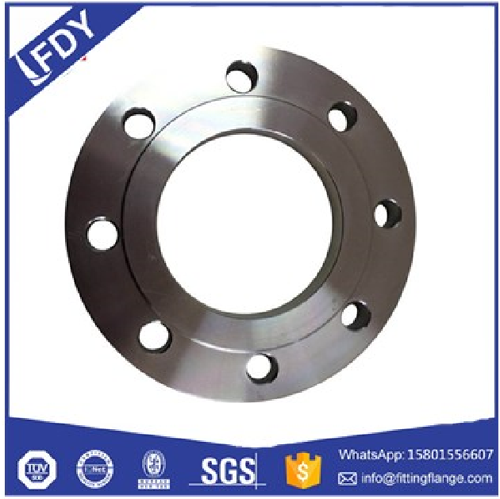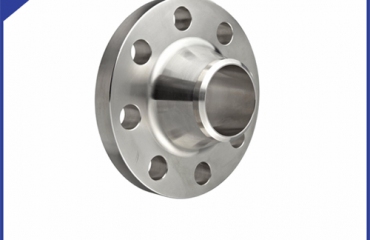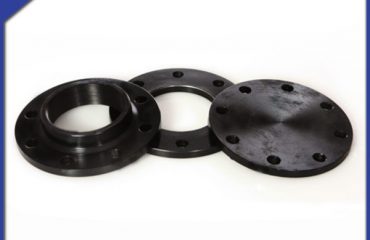
The material of stainless steel flange is made of different models, uses and chemical compositions. Stainless steel can be roughly classified by use, chemical composition and metallographic structure.
Stainless steel flange is classified by chemical composition: 1. CR series: ferrite series, martensite Series 2. Cr-Ni series: austenite series, abnormal series, precipitation hardening series.
Classification of stainless steel flange by metallographic structure: 1. Austenitic stainless steel 2. Ferritic stainless steel 3. Martensitic stainless steel 4. Duplex stainless steel 5. Precipitation hardening stainless steel
Stainless steel flange has the following materials:
1.Material 301 – good ductility, used for flange forming products, can also be quickly hardened by machining, good weldability, wear resistance and fatigue strength better than 304 stainless steel.
2.Material 302 – corrosion resistance is the same as 304, because the carbon content is relatively high and the strength is better.
3.Material 303 is easier to cut than 304 by adding a small amount of sulfur and phosphorus.
4.Material 316 is a widely used steel after 304, mainly used in food industry and surgical equipment. Molybdenum element is added to make it obtain a special corrosion-resistant structure. It is also used as “marine steel” because it has better chloride corrosion resistance than 304. SS316 is commonly used in nuclear fuel recovery units. 18 / 10 grade stainless steel also generally meets this application level.
5.Material 321 – similar to 304 except that the addition of titanium reduces the risk of weld corrosion. 400 series – Ferritic and martensitic stainless steel.
6.Material 408 – good heat resistance, weak corrosion resistance, 11% Cr, 8% Ni. Model 409 – a cheap model (British and American), usually used as automobile exhaust pipe, is made of ferritic stainless steel (chrome steel). Model 410 – martensite (high strength chromium steel), good wear resistance, poor corrosion resistance.
 Language
Language Espanol
Espanol English
English Italian
Italian عربى
عربى
 Skype: chinamaker99
Skype: chinamaker99  Tel: 86-316-5120812
Tel: 86-316-5120812 Email:
Email:  Whatsapp:
Whatsapp: 

